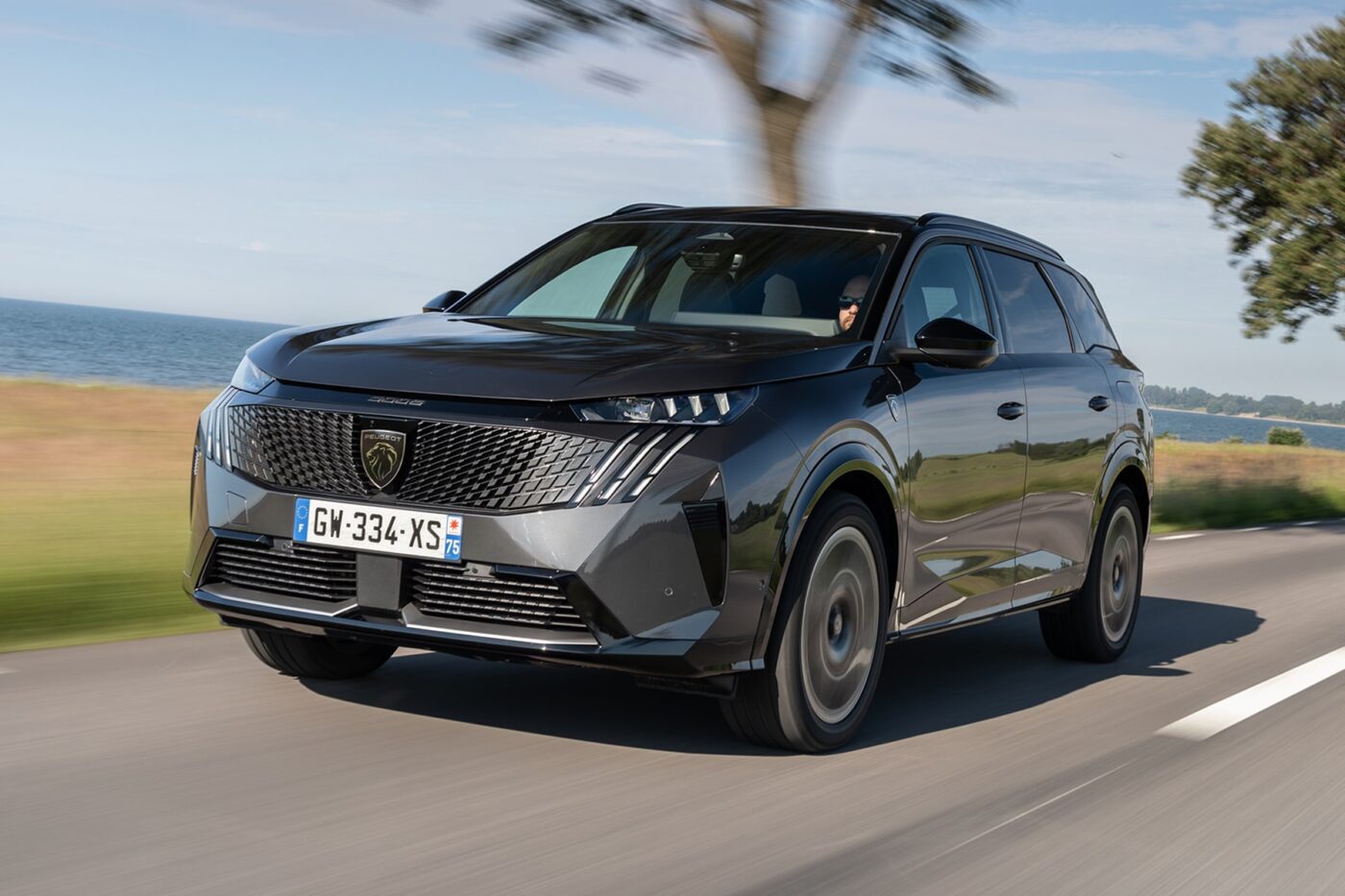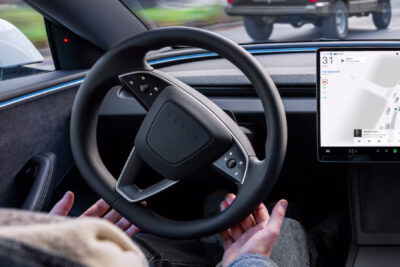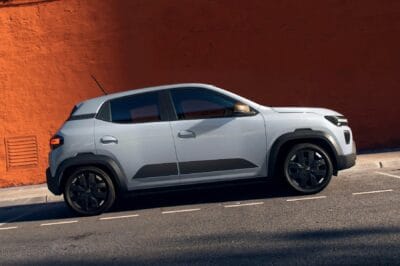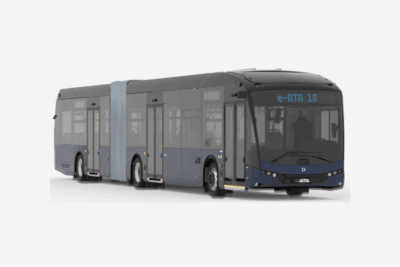Peugeot upgrades the E-3008 and E-5008 battery heating and V2L
Peugeot first introduced the Vehicle-to-Load feature, which allows electrical devices to be powered independently of the mains supply using electricity from the drive battery, in the E-208 and E-2008 models as part of their latest model updates. By the end of the year, V2L technology, which converts the electric car into a mobile power source, will also be fitted as standard in the STLA Medium models. The new E-308 will also be equipped with V2L in all purely electric trim levels, and the function is expected to be available in the E-408 from the first quarter of 2026 – again as standard in all electric versions.
A special adapter that allows standard power cables to be plugged into the electric car’s Type 2 socket can be used to supply electrical devices with up to 3 kW of power. This means that the battery of a laptop or e-bike can be charged independently of the mains, or devices such as power tools or a small refrigerator can be operated without a permanently installed socket. “This makes V2L technology especially useful for remote working, outdoor activities, or emergency situations where access to reliable electricity is essential,” says Peugeot.
The vehicle-to-load function is certainly not relevant for all customers, but even then, it is more of a nice gimmick. The second important innovation does not affect all customers either; for home chargers, for example, there is no significant advantage. All customers who frequently rely on fast chargers will benefit from the battery preconditioning feature, which is now installed as standard.
This system warms up the battery before the first fast charge in cold weather. The maximum charging power of the STLA Medium electric car remains at 160 kW, but this power should now be available more quickly in cold conditions. Peugeot says that the system can increase the battery temperature by 10 °C in just 20 minutes. This should make it possible to charge from 20 to 80 per cent in less than 30 minutes under as many conditions as possible, as Peugeot does not specify the duration for the usual charging window from 10 to 80 per cent.
Battery preconditioning can be activated automatically when planning a journey – the system starts preconditioning as soon as the car approaches the planned charging stop with active route guidance. Alternatively, the driver can also activate the battery heating manually via the touchscreen in the car. And there is a third option: “When a customer uses the MyPeugeot smartphone app to start or schedule cabin thermal preconditioning, battery preconditioning is automatically triggered if the outside temperature is too low. This process uses electricity from the home grid, provided the vehicle is plugged in using mode 2 or 3 and the 80% charge limit is disabled in the settings. This helps to preserve battery range,” the French company writes.
“Beyond range, fast, reliable, and predictable charging is key to the comfort and enjoyment of electric vehicles,” Peugeot adds. However, the Stellantis brand does not explain in its press release why the important battery preconditioning feature was not installed as standard from the outset.
The E-3008 is available in the UK in the 210 Standard Range variant from an OTR price of £46,060, while the top-of-the-range model with all-wheel drive costs a cool £52,190. Prices for the larger E-5008 start at £48,760 in the UK, with the all-wheel-drive version costing £58,990. Between these two drive variants, each equipped with a 73 kWh battery, there is also a version with a 97 kWh battery that offers the longest range.
This article was first published by Sebastian Schaal for electrive’s German edition.





0 Comments